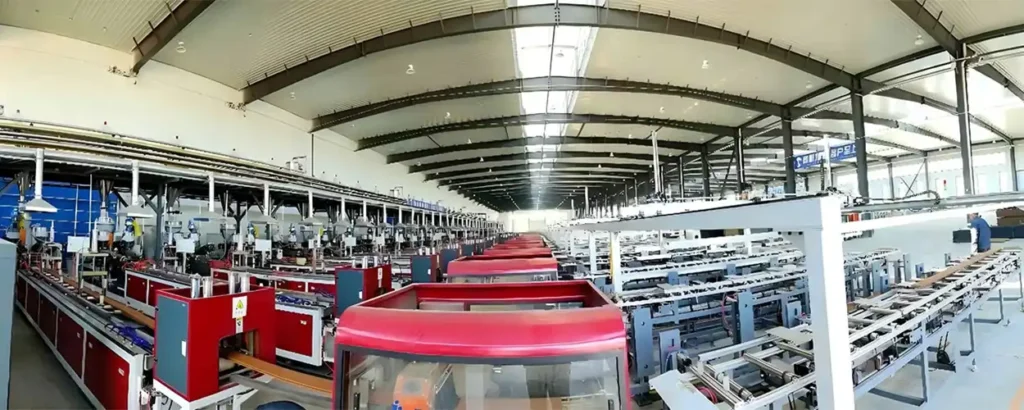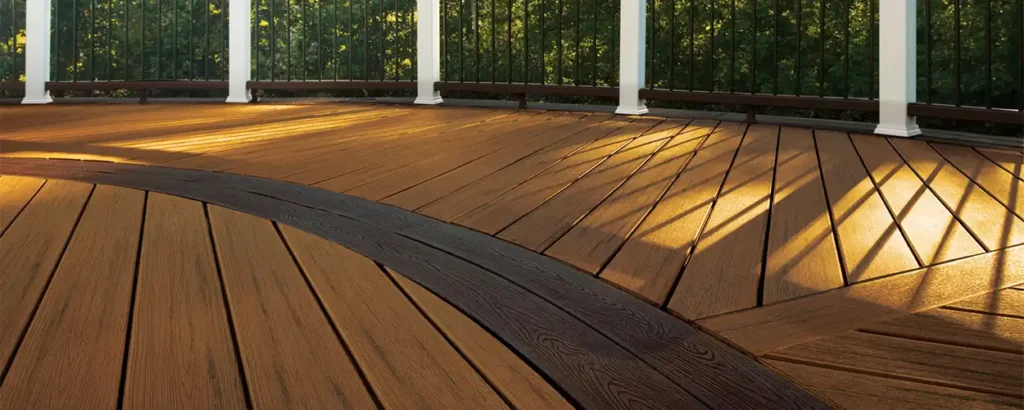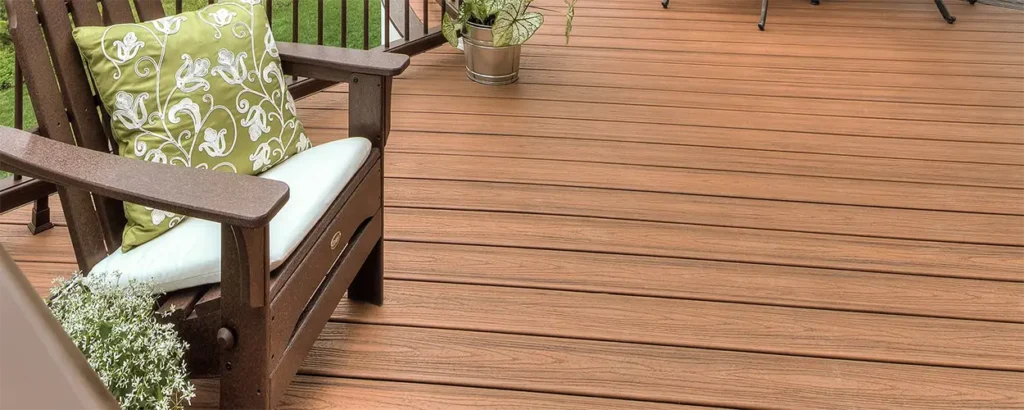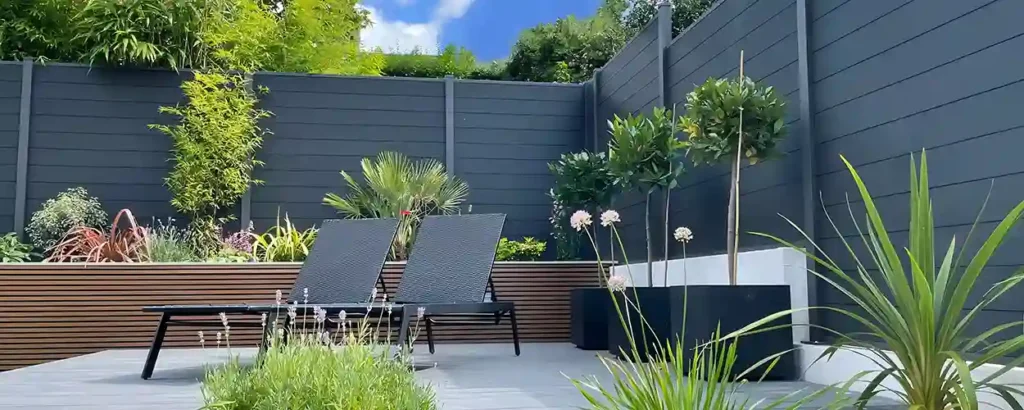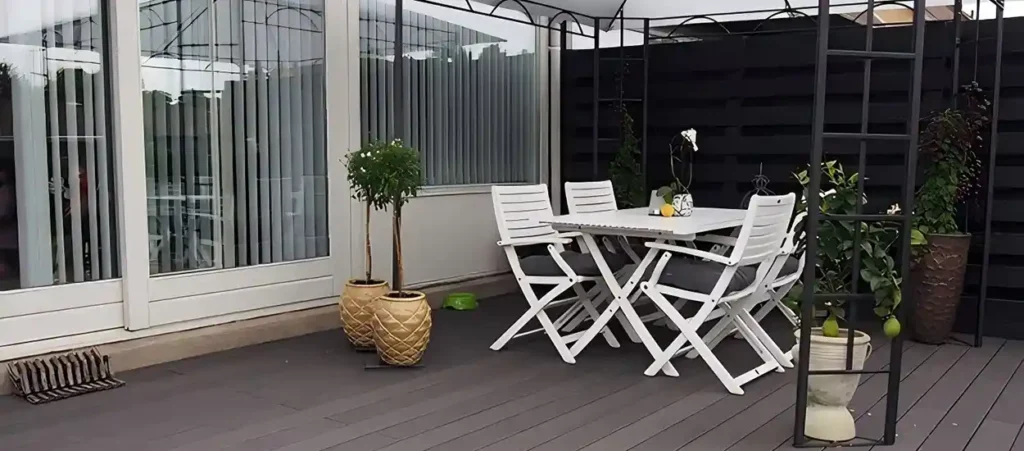Why SuperEco is a Leader in WPC & WPC Solutions
Discover why SuperEco leads the WPC industry. Explore our advanced material technology, rigorous quality control, sustainable practices, and complete product ecosystem. 1. Pioneering Material Science & Advanced Manufacturing The core of any great WPC product lies in its formulation. SuperEco doesn’t just mix wood and plastic; they engineer advanced composites. High Wood Fiber Content: Many […]
Why SuperEco is a Leader in WPC & WPC Solutions Read More »

